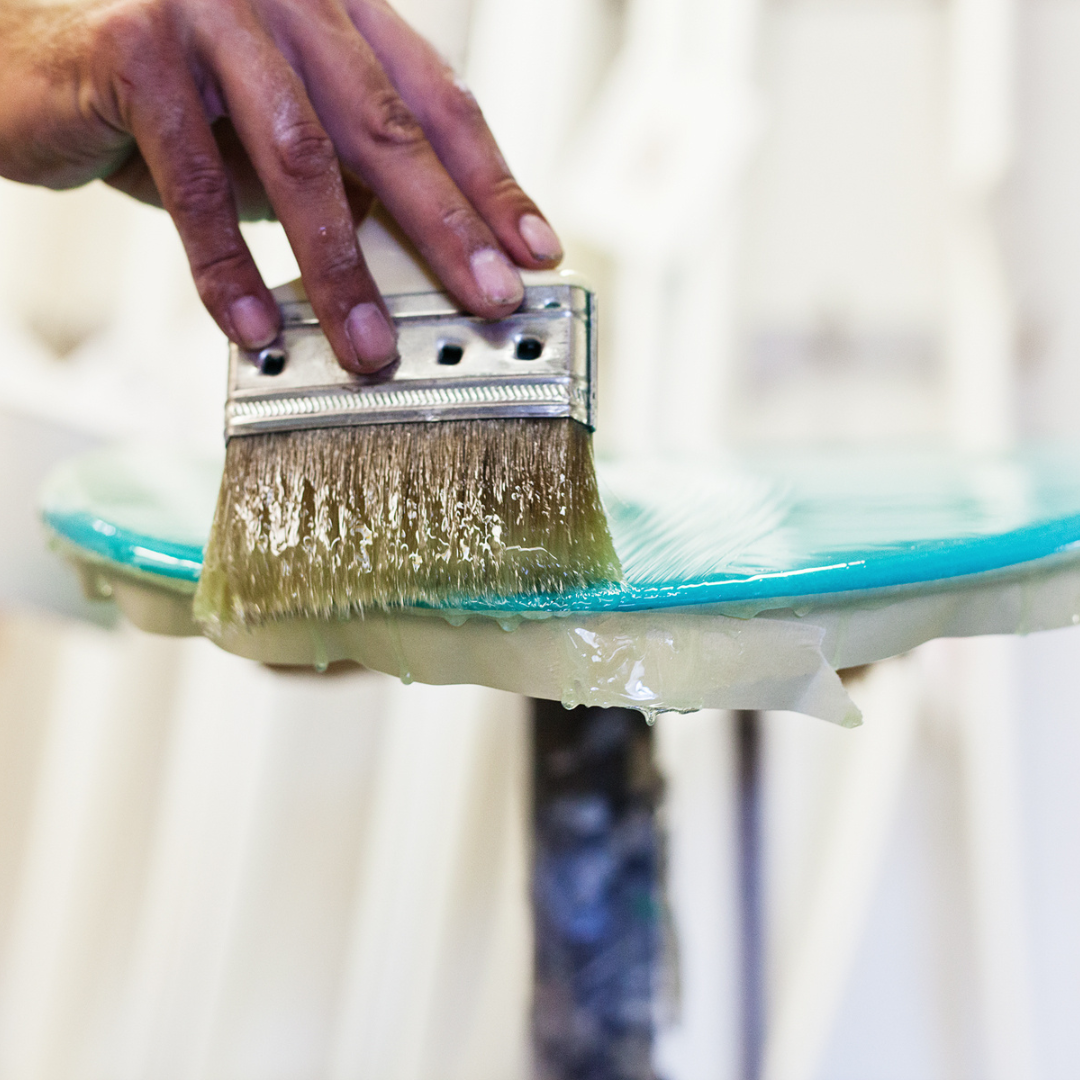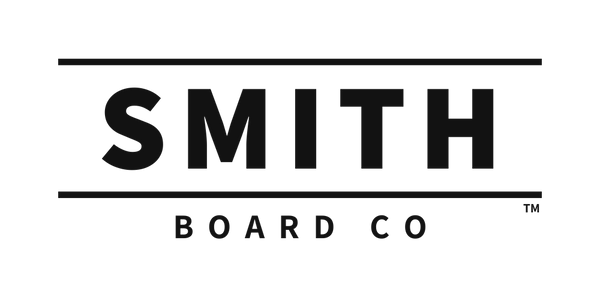
Crafting Wakesurf Boards: Behind the Ride
Share
For wakesurfers, the board beneath their feet isn’t just equipment—it’s an extension of their passion. But have you ever thought about how wakesurf boards are made? The manufacturing process shapes performance, durability, and feel, making it crucial to understand.
In this series, we’ll explore the three main production methods: compression molding, glassing, and vacuum forming. Each technique offers unique benefits and trade-offs, influencing your ride in surprising ways.
Why the Manufacturing Method Matters
A board’s construction directly impacts:
-
Performance: Weight, flex, and responsiveness in the water.
-
Durability: Resistance to wear and tear.
-
Sustainability: Environmental impact of materials and processes.
Whether you’re an advanced rider or just starting out, knowing how boards are made can help you pick the one that best suits your needs.
Compression Molding: Precision at Scale
Compression molding is ideal for mass production. Using high-pressure molds, manufacturers create consistent, durable boards with minimal waste. This method is popular for beginner-friendly models due to its cost-effectiveness and reliability. However, compression-molded boards often lack the customization and fine-tuned feel that advanced riders crave.
Glassing: Handcrafted Perfection
Glassing is a traditional, labor-intensive process involving foam shaping, fiberglass layering, and resin application. This method delivers stunning, custom designs tailored for optimal performance. While glassing produces exceptional boards, it’s time-consuming and more expensive, making it a favorite among dedicated riders seeking high responsiveness and unique aesthetics.
Vacuum Forming: Modern Precision
Vacuum forming combines efficiency with innovation. By applying vacuum pressure to bond materials, this method creates lightweight, precise designs. It’s also more sustainable when paired with eco-friendly materials. Though initial equipment costs are high, vacuum forming’s scalability makes it an exciting option for cutting-edge board manufacturing.
What’s Next?
In upcoming posts, we’ll dive deeper into each method, exploring their processes, advantages, and drawbacks. From understanding how your board was made to selecting. Our next post takes a closer look at compression molding and why it’s the backbone of mass production.
